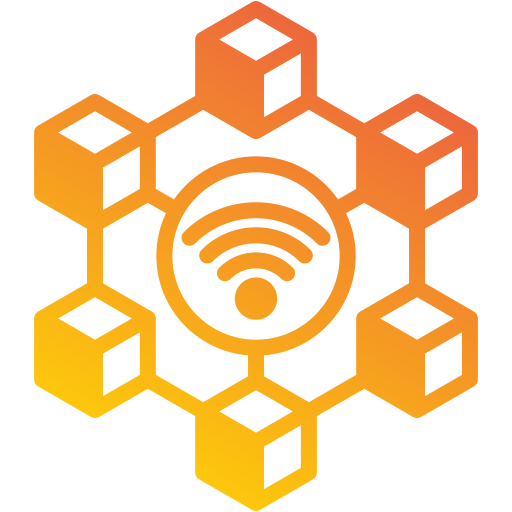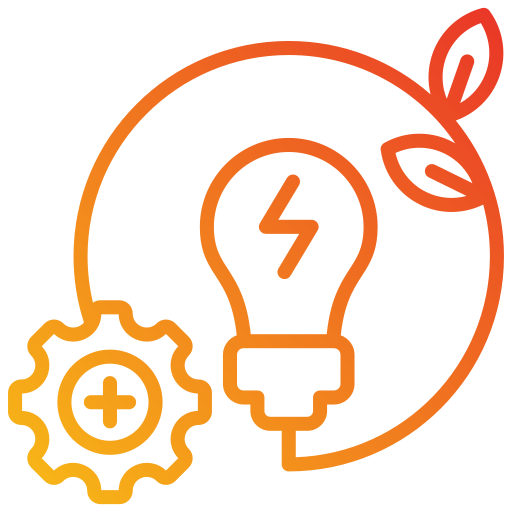
Building Management System

Building Management System
Which is a type of Building Automation System (BAS). A building management system (BMS) is a computer-based system that is used to control, monitor, and manage various building systems and services within a facility.
Key features and capabilities of a BMS include:
Centralized Control
A BMS provides a central interface, typically a graphical user interface (GUI), for monitoring and controlling building systems, such as HVAC, lighting, security, and energy management.
Integrated Systems
A BMS integrates and coordinates the operation of multiple building systems, allowing for efficient and optimized control of the entire facility.
Data Collection and Monitoring
The BMS gathers real-time data from various sensors and devices within the building, providing detailed information about the building's performance and energy consumption.
Energy Management
The BMS can optimize energy usage by automatically adjusting HVAC, lighting, and other systems based on occupancy, weather conditions, and pre-programmed schedules.
Alarm Management
The BMS can detect and report system faults, malfunctions, and critical conditions, allowing facility managers to respond quickly to address issues.
Trend Analysis and Reporting
The BMS provides historical data and analytics, enabling facility managers to analyze building performance, identify inefficiencies, and implement improvements.
Remote Access and Control
Many BMS systems offer remote access capabilities, allowing facility managers to monitor and control the building from off-site locations.
Scalability and Flexibility
BMS are designed to be scalable, allowing for the integration of additional building systems and the expansion of the overall system as the facility's needs evolve.
BMS are widely used in commercial, institutional, and industrial buildings, such as office buildings, hospitals, schools, and manufacturing facilities. They play a crucial role in enhancing building efficiency, reducing energy consumption, and improving occupant comfort and safety.
Some of the latest trends and advancements in Building Management Systems (BMS) technology:

Internet of Things (IoT) Integration
BMS are increasingly integrating with IoT devices and sensors, allowing for more comprehensive data collection and real-time monitoring of building systems. This integration enables advanced analytics, predictive maintenance, and remote control capabilities.

Cloud-based Solutions
Cloud-based BMS platforms are becoming more prevalent, offering increased accessibility, scalability, and data storage capabilities. Cloud-based solutions allow for remote monitoring, automated software updates, and centralized management of multiple facilities.

Artificial Intelligence (AI) and Machine Learning
AI and machine learning algorithms are being integrated into BMS to enable more intelligent decision-making, predictive maintenance, and optimization of building performance. These technologies can learn from historical data and patterns to automate building management tasks and identify opportunities for energy savings.

Occupant-Centric Design
BMS are incorporating more user-centric features, such as mobile apps and personalized controls, to enhance occupant comfort, productivity, and engagement. This includes features like individualized temperature and lighting preferences, indoor air quality monitoring, and space utilization tracking.

Sustainability and Energy Efficiency
BMS are playing a critical role in supporting sustainability initiatives by providing advanced energy management capabilities. Features like real-time energy monitoring, demand-response integration, and optimization of HVAC and lighting systems help reduce overall energy consumption and carbon emissions.

Integration with Building Information Modeling (BIM)
BMS are being integrated with BIM platforms, allowing for more seamless design, construction, and operational phases of building management. This integration facilitates data-driven decision-making and improved coordination between building systems and design elements.

Cybersecurity Enhancements
As BMS become more connected and integrated with other building systems, there is an increased focus on enhancing cybersecurity measures. Secure communication protocols, access control, and vulnerability management are becoming more important to protect against cyber threats.
Cloud-based Building Management Systems (BMS) can significantly improve energy management capabilities in several ways:
Cloud-based BMS provide access to real-time data from various building systems and sensors, allowing for continuous monitoring of energy consumption and building performance. This data can be accessed remotely, enabling facility managers to monitor and analyze energy usage patterns from anywhere.
Cloud-based BMS provide access to real-time data from various building systems and sensors, allowing for continuous monitoring of energy consumption and building performance. This data can be accessed remotely, enabling facility managers to monitor and analyze energy usage patterns from anywhere.
Cloud-based BMS can seamlessly integrate with external energy management systems, renewable energy sources, and utility providers, enabling more comprehensive and automated energy optimization. This integration allows for features like demand response, load balancing, and real-time energy pricing integration to further enhance energy efficiency.
Cloud-based BMS provide remote access capabilities, enabling facility managers, energy consultants, and building operators to collaborate and share data more effectively, leading to better energy management strategies.
Cloud-based BMS platforms often include sophisticated data analytics and reporting tools that can identify energy-saving opportunities, detect anomalies, and provide detailed insights into energy usage. These analytics can help facility managers make more informed decisions to optimize energy consumption and reduce costs.
Cloud-based BMS can leverage machine learning and predictive analytics to anticipate equipment failures and identify energy-related issues before they occur. This proactive approach helps reduce energy waste and minimize downtime by addressing problems before they escalate.
Cloud-based BMS platforms are typically more scalable and flexible, allowing for the easy integration of new building systems, sensors, and technologies as they become available. This scalability ensures that the energy management capabilities of the BMS can evolve alongside the changing needs and requirements of the building or facility.
Predictive maintenance is a key feature of cloud-based Building Management Systems (BMS) that leverages data and advanced analytics to improve the reliability and efficiency of building systems. Here's how predictive maintenance works in cloud-based BMS:
Data Collection
The cloud-based BMS continuously collects real-time data from various sensors and equipment within the building, such as temperature, humidity, vibration, and energy consumption. This data is transmitted to the cloud platform, where it is stored and analyzed.
Machine Learning and Predictive Analytics
The cloud-based BMS uses machine learning algorithms to analyze the collected data and identify patterns, trends, and anomalies that may indicate potential equipment failures or performance issues. These algorithms are trained on historical data and machine learning models to predict when equipment is likely to fail or require maintenance.
Condition-based Monitoring
The cloud-based BMS continuously monitors the condition of building systems and equipment, using the predictive analytics to assess their health and remaining useful life. This condition-based monitoring approach allows the BMS to identify issues before they escalate, rather than relying on traditional time-based or reactive maintenance.
Maintenance Scheduling and Optimization
Based on the predictive analytics, the cloud-based BMS can automatically generate maintenance schedules and work orders, optimizing the timing and prioritization of maintenance activities. This helps minimize downtime, reduce maintenance costs, and extend the lifespan of building equipment.
Automated Alerts and Notifications
The cloud-based BMS can send automated alerts and notifications to facility managers and maintenance teams when potential issues are detected or when maintenance is required. This allows for proactive response and reduces the risk of unexpected equipment failures or breakdowns.
Continuous Improvement
Over time, the machine learning algorithms in the cloud-based BMS continue to learn and improve their predictive capabilities based on the feedback and outcomes of the maintenance activities. This leads to increasingly accurate and effective predictive maintenance strategies, further enhancing the efficiency and reliability of the building systems.
Remote Monitoring and Diagnostics
Cloud-based BMS provide remote access and monitoring capabilities, allowing facility managers and maintenance teams to view equipment status, analyze data, and perform diagnostics from any location. This facilitates more effective decision-making and streamlined maintenance processes.
By leveraging the power of cloud computing, data analytics, and machine learning, cloud-based building management system (BMS) can significantly improve the predictive maintenance capabilities of building management, leading to increased energy efficiency, reduced maintenance costs, and improved overall building performance.

